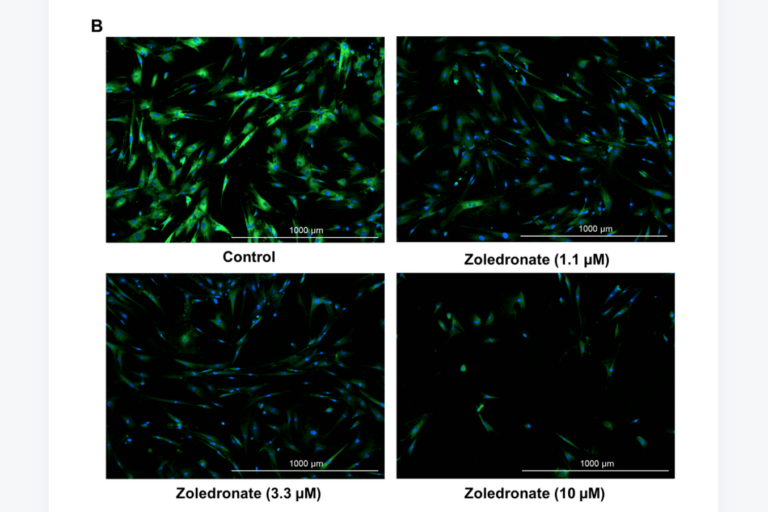“We recently unveiled a new interesting role for SASP: its ability to induce neuroendocrine transdifferentiation (NED) in breast cancer epithelial cells [3].”
BUFFALO, NY- May 12, 2023 – A new editorial paper was published in Aging (listed by MEDLINE/PubMed as “Aging (Albany NY)” and “Aging-US” by Web of Science) Volume 15, Issue 8, entitled, “The senescence-associated secretory phenotype induces neuroendocrine transdifferentiation.”
In this editorial, researchers Anda Huna, Nadine Martin and David Bernard from the Université de Lyon discuss the senescence-associated secretory phenotype (SASP). SASP, in addition to stable proliferation arrest, is one of the most remarkable characteristics of senescent cells. Indeed, these cells secrete a variety of factors including cytokines, growth factors and matrix metalloproteases among others. In response to stress, through their SASP, senescent cells are able to modify and instruct their microenvironment.
“The SASP is known to have several, sometimes contradictory, effects on phenotypes, including the induction or reinforcement of senescence in neighboring cells, promotion or inhibition of stemness, modification of extracellular matrix, activation or inhibition of immune responses and induction of epithelial-mesenchymal transition and cell migration.”
Although cellular senescence and its SASP can initially display some beneficial effects, for instance favoring wound healing or blocking tumor initiation, accumulation of senescent cells and their secretome during aging or chronic stresses (tobacco, obesity, alcohol among others) plays a significant role in promoting aging-associated features and pathologies, like fibrosis, steatosis, chronic inflammation or cancer. In the context of cancer, senescence initially has an antitumoral role, as it promotes proliferation arrest and favors an anti-tumoral immune surveillance in response to oncogenic stress or DNA damage accumulation. However, SASP plays a dual role in tumor initiation and progression, as it first has a tumor suppressive action by reinforcing senescence in neighboring cells and recruiting immune cells, but also plays a tumor promoting role by promoting stemness, epithelial-mesenchymal transition and cell migration and by inhibiting immune responses.
“Overall our work reveals a new effect of senescent cells and their SASP in tumors and offers new insights into NED [neuroendocrine transdifferentiation] in breast and prostate cancer biology. It also provides a new vision of the contribution of senescent cells and their SASP to aging-related pathologies, which could involve NED induction in some contexts.”
Read the full editorial: DOI: https://doi.org/10.18632/aging.204669
Corresponding Author: David Bernard
Corresponding Email: david.bernard@lyon.unicancer.fr
Keywords: cellular senescence, aging, cancer, NF-κB, calcium signaling
Sign up for free Altmetric alerts about this article: https://aging.altmetric.com/details/email_updates?id=10.18632%2Faging.204669
About Aging-US:
Launched in 2009, Aging (Aging-US) publishes papers of general interest and biological significance in all fields of aging research and age-related diseases, including cancer—and now, with a special focus on COVID-19 vulnerability as an age-dependent syndrome. Topics in Aging go beyond traditional gerontology, including, but not limited to, cellular and molecular biology, human age-related diseases, pathology in model organisms, signal transduction pathways (e.g., p53, sirtuins, and PI-3K/AKT/mTOR, among others), and approaches to modulating these signaling pathways.
Please visit our website at www.Aging-US.com and connect with us:
Click here to subscribe to Aging publication updates.
For media inquiries, please contact media@impactjournals.com

